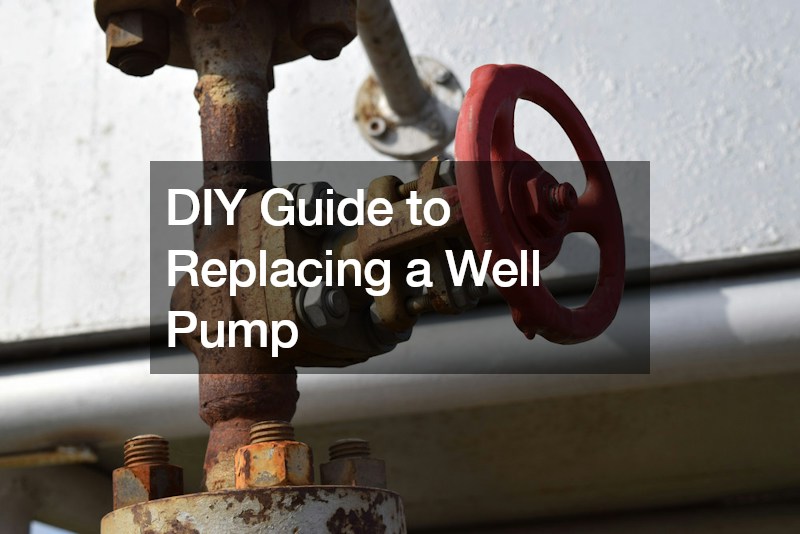Dealing with sinking concrete can be a frustrating and concerning issue for homeowners. Whether it’s a driveway, patio, or foundation, sinking concrete not only affects the aesthetic appeal of your property but can also pose safety hazards. Before you call for sinking concrete repairs, it’s essential to understand the situation fully. This knowledge will help you communicate effectively with contractors and make informed decisions about the repair process.
Here’s what you need to know before seeking help for your sinking concrete problems.
The first step in addressing sinking concrete is to identify the cause of the problem. Various factors can lead to concrete sinking, including poor drainage, soil erosion, and inadequate compaction during installation. For instance, if water collects around the foundation due to improper grading or drainage systems, it can wash away the supporting soil, causing the concrete to sink. Similarly, tree roots can also disrupt the soil structure, leading to uneven surfaces. Understanding the root cause of the issue is crucial, as it will guide the repair approach and help prevent future problems.
Once you have identified the possible causes of the sinking concrete, the next step is to assess the extent of the damage. Take a close look at the affected areas and note how much the concrete has sunk and whether there are any cracks or fissures present. Additionally, check for signs of water pooling or drainage issues nearby. If the sinking is minor, you may only need a simple repair, while more severe cases may require more extensive work. Documenting the damage will help when discussing the situation with repair professionals.
Before calling for sinking concrete repairs, it’s also essential to understand the different types of repair methods available. Common techniques include mudjacking, slab jacking, and polyurethane foam injection. Mudjacking involves pumping a mixture of mud and concrete under the slab to lift it back to its original level. Slab jacking is similar but uses a lightweight material. Polyurethane foam injection, on the other hand, involves injecting a high-density foam that expands and raises the concrete. Each method has its pros and cons, so understanding these options can help you choose the best solution for your specific situation.
When discussing your sinking concrete problems with repair contractors, it’s important to ask the right questions. Inquire about their experience with sinking concrete repairs and the methods they recommend based on your situation. A reputable contractor should be able to explain their approach, provide examples of previous work, and offer estimates for the repairs. Additionally, don’t hesitate to ask for references from past clients to gauge the contractor’s reliability and quality of work. This dialogue will help you feel more confident in your choice of repair professional.
Another critical consideration is the cost of sinking concrete repairs. The price can vary significantly depending on the extent of the damage, the chosen repair method, and the contractor’s rates. Obtaining multiple quotes from different companies can help you compare prices and services. However, remember that the lowest price may not always indicate the best value. Look for contractors who provide a detailed breakdown of costs, including materials and labor, to understand what you’re paying for. This transparency will enable you to make a more informed financial decision.
Before proceeding with sinking concrete repairs, it’s also wise to prepare your property for the work. Clear the area around the affected concrete to give the contractors easy access. Move any furniture, planters, or vehicles that might obstruct the worksite. If necessary, mark any underground utilities to prevent damage during the repair process. Preparing your space will help ensure that the repairs can be completed efficiently and without unnecessary delays.
Finally, consider the long-term maintenance and prevention of future sinking issues. After the repairs are completed, it’s crucial to maintain proper drainage around your property to avoid similar problems in the future. Regularly inspect the areas surrounding your concrete for signs of water pooling or erosion. Additionally, consider implementing landscaping solutions, such as installing gutters or grading, to direct water away from the foundation. These preventative measures will help prolong the life of your concrete and reduce the likelihood of needing sinking concrete repairs again.
In conclusion, understanding the situation before calling for sinking concrete repairs is essential for making informed decisions. By identifying the cause of the problem, assessing the damage, learning about repair methods, and asking the right questions, you can select a qualified contractor who meets your needs. Taking the time to prepare your property and plan for future maintenance will further enhance the durability of your concrete surfaces. With the right approach, you can restore the integrity and appearance of your concrete and protect your home for years to come.
.



